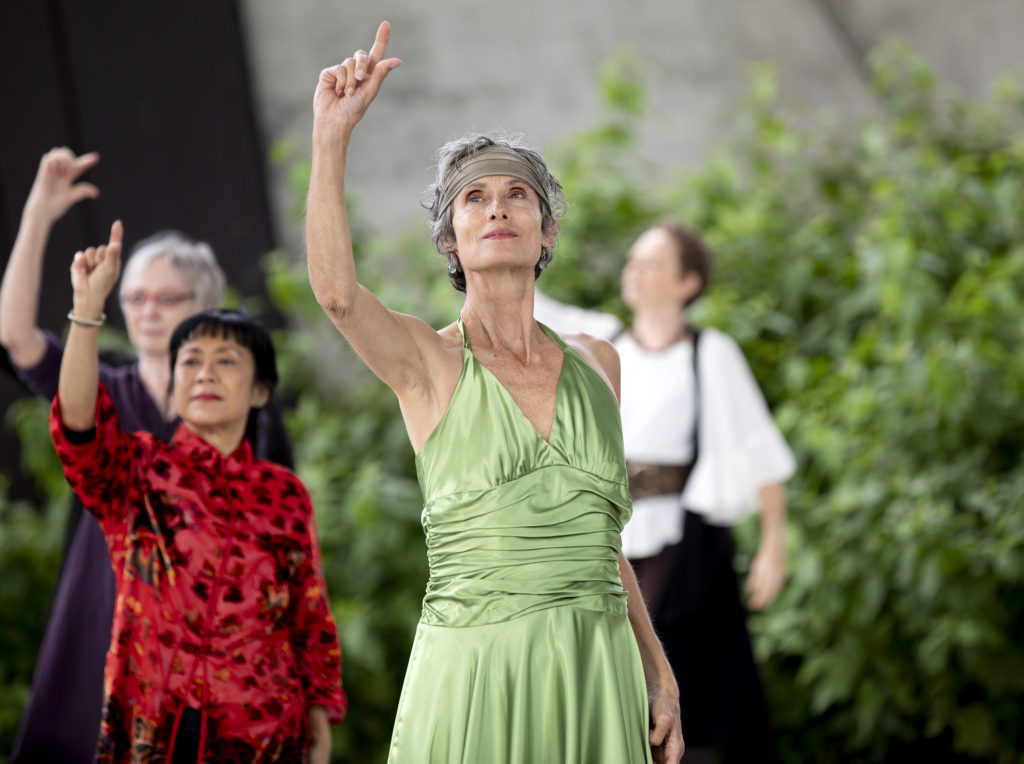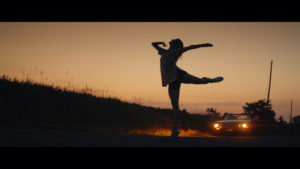Toronto, December 2020 - Vancouver Ballet Society
- Home
- City Reports 2020 - 2023
- Toronto, December 2020

By Michael Crabb
The pandemic has presented dance artists everywhere with financial and creative challenges that no amount of resilience can easily overcome. It presents an existential threat that, even with the arrival of vaccines, shows no sign of vanishing any time soon. If you can’t make dances and perform them for audiences, what in the end is left to do?
Although mandated public health restrictions vary locally, in general live performance is becoming an increasingly distant memory. As many organizations have learned to their cost, the best laid plans for managing a restricted-capacity, masked and socially distanced live audience can be peremptorily disrupted by a sudden change of policy.

In Toronto, the National Ballet of Canada, whose dancers are still being paid at a reduced wage, was quick to pivot to virtual programming. The company managed to film a group of on-location Expansive Dances in the summer that are still available for viewing. Also, with the dancers organized into pods of six for classes and rehearsals, the National Ballet was hoping to record a Spotlight Series to present online in November, which would have included new works by National Ballet choreographic debutantes Kevin Ormsby and Jera Wolfe. With so much uncertainty from public health directives about what was and was not allowed, however, the company, having already announced the cancellation of all live programming in the 2020-2021 season, decided to shift its Spotlight Series to early 2021.
The National Ballet could, nevertheless, notch up one victory. When, in 2007, the company invested in a partnership with Cineplex to present a live-to-movie-theatres simulcast of The Nutcracker, word was that it had been negotiated with the unions as a one-time-only deal. The same applied when the National Ballet repeated the venture in 2008. And that, it seemed was the end of it. It was even rumoured, erroneously as it transpires, that no digital record of either simulcast was retained. Yet this year, with Toronto’s Four Seasons Centre shuttered, there were compelling reasons for the unions to co-operate and allow the National Ballet, again in partnership with Cineplex, to screen The Nutcracker. It became available online as of December 4 [and made it into Dance International’s Ten Nutcrackers to watch this year].
Going virtual is not a simple or necessarily cost-efficient undertaking. It requires expertise at every level and tends to favour dance organizations with big budgets — a.k.a. ballet companies — that have already invested heavily in online content. The National Ballet is a leader in this regard. But smaller contemporary arts organizations and even individual artists have been trying valiantly to remain active and maintain some sort of brand identity in a now over-saturated virtual programming market.
Funding bodies have been doing their best to help during tough times. Some organizations have been able to access the federal government’s wage subsidy program. Individual artists have had recourse to the CERB (Canada Emergency Response Benefit) and its successor, the CRB (Canada Recovery Benefit). The Ontario Arts Council smartly redirected funds from areas where they were no longer immediately required — such as travel grants — to offer a new one-time Arts Response Initiative. The OAC’s designated priority groups — those for too long marginalized and underserved — will get special consideration. The Canada Council for the Art’s decision to pay out already approved grants to artists who clearly were in no position to deliver what they’d applied for has been very helpful, even if there was some confusion when the cheques started arriving. Robert Sauvey, executive director of the Dance Umbrella of Ontario, says he had several puzzled calls from members who assumed the grants would be suspended or postponed and wondered if there had been a mistake.

Indeed there had not, and the money often proved crucial in allowing organizations to establish an online presence. A gratifying example was Older & Reckless: 20 Years of Age on Stage, a 45-minute online tribute to the work of founder/curator Claudia Moore and her relentless efforts to maintain a platform for mature artists; see the trailer here. Unlike so many virtual presentations, the Older and Reckless show was never less than technically solid and much of the cinematography was outstanding. The famous processional line from Pina Bausch’s 1982 classic, Nelken, with its repeated sequence of gestures representing the cycle of the four seasons, was a fitting finale; as too were Moore’s encouraging parting words: “Dancing makes us feel good and when you feel good there are all kinds of good things you can do.”
Patricia Beatty remembered

I am not sure if Patricia Beatty, who died of cancer on November 20 at age 84, would have expressed her commitment to dance in such cheery terms. In 1968, as one of the three co-founders, with David Earle and Peter Randazzo, of Toronto Dance Theatre, Trish Beatty was fired with missionary zeal.
Toronto born and raised, Beatty had discovered contemporary dance as an undergraduate at Bennington College in Vermont and soon fell under the spell of the arch-goddess of American modern dance, Martha Graham. Beatty embraced Graham’s philosophy and, like her idol, held dance’s spiritual values to be infinitely more important than its physical display. Beatty, who choreographed two dozen works for TDT and many more independently, was the least showy of dancemakers, although as a performer she commanded the stage and cut through space with a sharp blade of emotional intensity.
TDT’s founding trio also established a school. It still attracts students from across Canada and abroad who seek rigorous and traditional modern dance training. Beatty often taught there and its students continue to perform her works; as too does Toronto Heritage Dance, which she later co-founded. Mary Jane Warner, co-director of THD, hopes to organize an online tribute to Trish Beatty at a later date.

